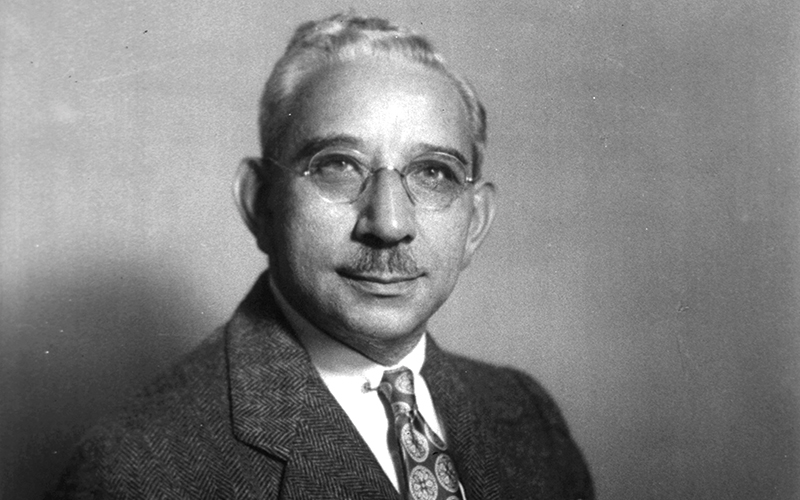This is the seventh in a series of short biographies of persons whose names are directly used for diseases, conditions or syndromes familiar to those in clinical pathology laboratories.

Burrill Crohn (1884–1983) was a US gastroenterologist who in 1932 with colleagues at Mount Sinai Hospital, New York reported the clinical presentation and clinical course of 14 patients with regional ileitis, including the histology of their resected samples. Their landmark findings were presented at a professional meeting of the American Gastroenterology Association(AGA) in 1932 and were published in the same year.
Burrill was born in New York City to Leah and Theodore Crohn, members of a European family with Jewish origins. In New York he studied at the City College and graduated in 1902. He continued his studies in medicine at the University of Columbia and performed some research studies into intestinal disorders, notably intra-abdominal haemorrhage, and qualified in 1907. In the same year he was admitted as an intern at the Mount Sinai Hospital, New York and had an additional year in pathology, mentored by the eminent pathologist Emmanuel Libman, noted for his work with Benjamin Sacks with the discovery of Libman–Sacks valvular and mural endocarditis.
“Burrill has been described as a quiet, modest man who remembered the human side of medical practice”
Please click here to read the full article.
Image credit | National-Institutes-Of-Health
